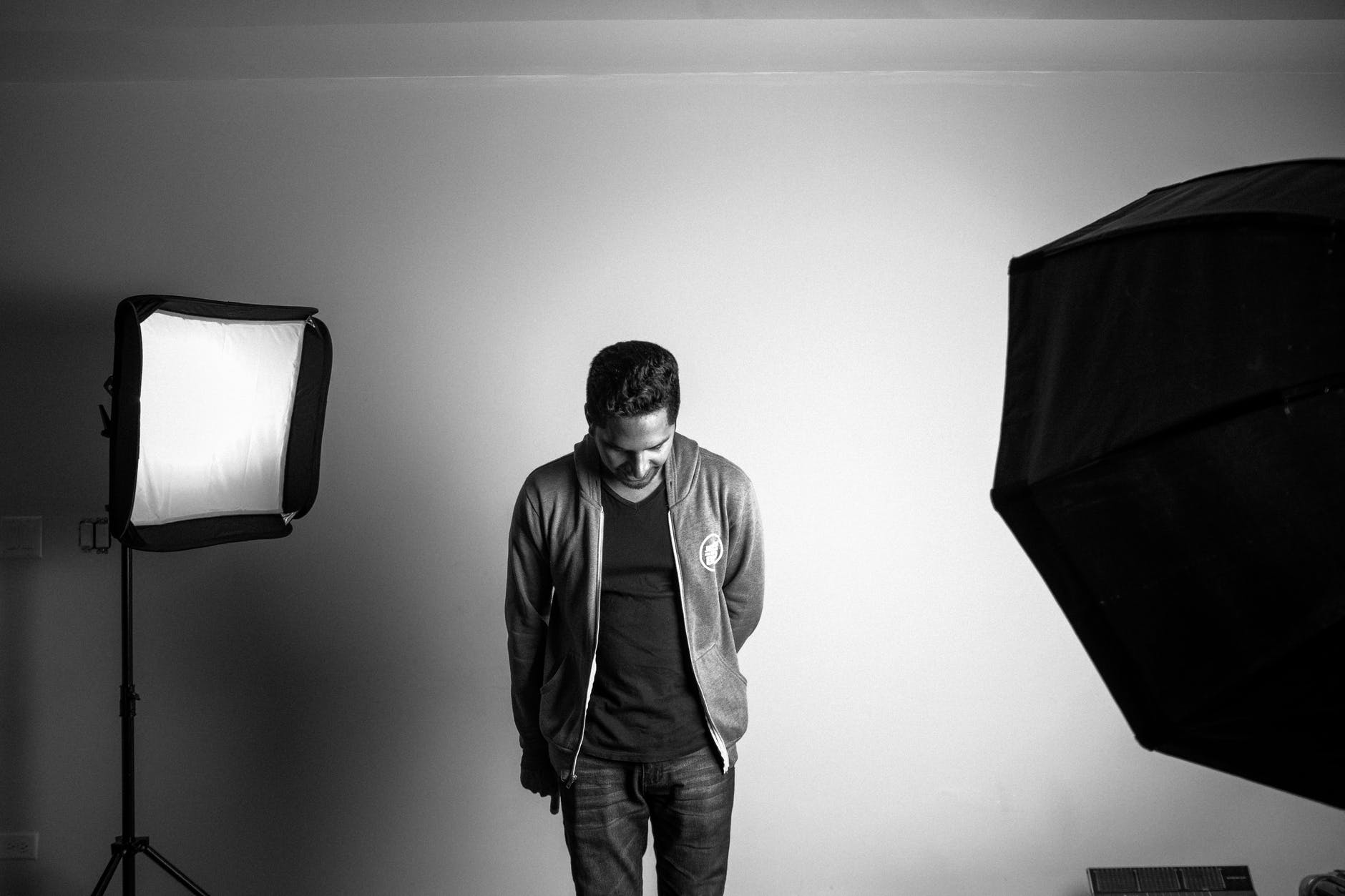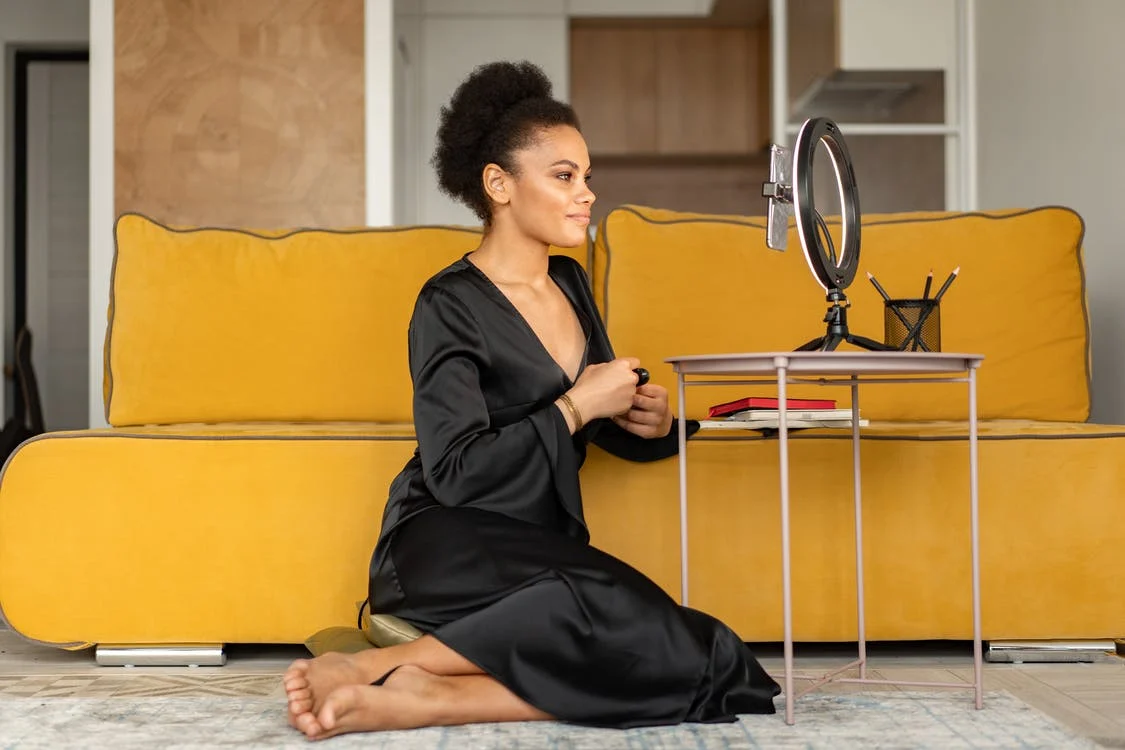Guide to Self-Tapes
What is a Self-Tape Audition?
(By Staff)
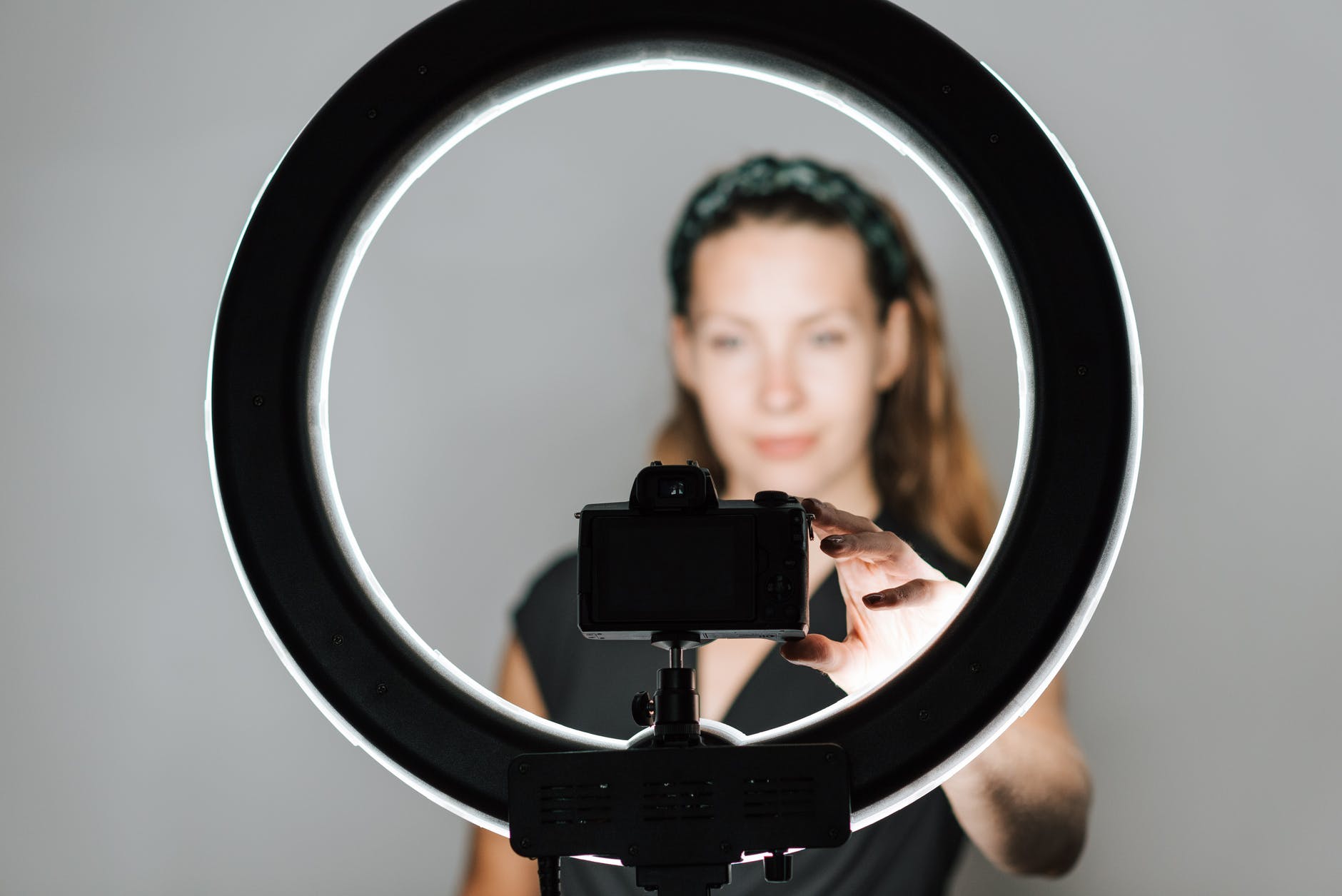 (Photo: Anete Lusina | Pexels)
(Photo: Anete Lusina | Pexels)
A self-taped audition is an audition that is conducted and filmed by the actor, at the request of a casting director. Rather than the traditional audition, where the actor travels to a studio, in this scenario, the actor simply records the audition in their own home and submits it electronically.
This self-tape option can be useful to the casting director in a variety of ways:
Self-taped auditions can save time
In-person auditions can be an all-day and/or multi-day affair. During this exhaustive process, the casting director must deal with actors who arrive late, actors who are unprepared, actors who have an attitude, or actors who don’t follow directions well. With a self-taped audition, the casting director can sift through auditions more quickly, avoiding all the delays that come with in-person auditions.
Self-taped auditions can save money
If the casting director must rent space to conduct the auditions, the cost of casting an actor can become expensive. With a self-taped audition, casting directors don’t have to rent studio space to conduct auditions.
Self-taped auditions can winnow the field more quickly
By pre-screening actors through a self-taped audition, casting directors can more quickly identify which actors are the right type for the part and which are not. Afterward, casting directors can conduct in-person auditions with the actors who made it through this initial screening process.
How do I make a good self-tape?
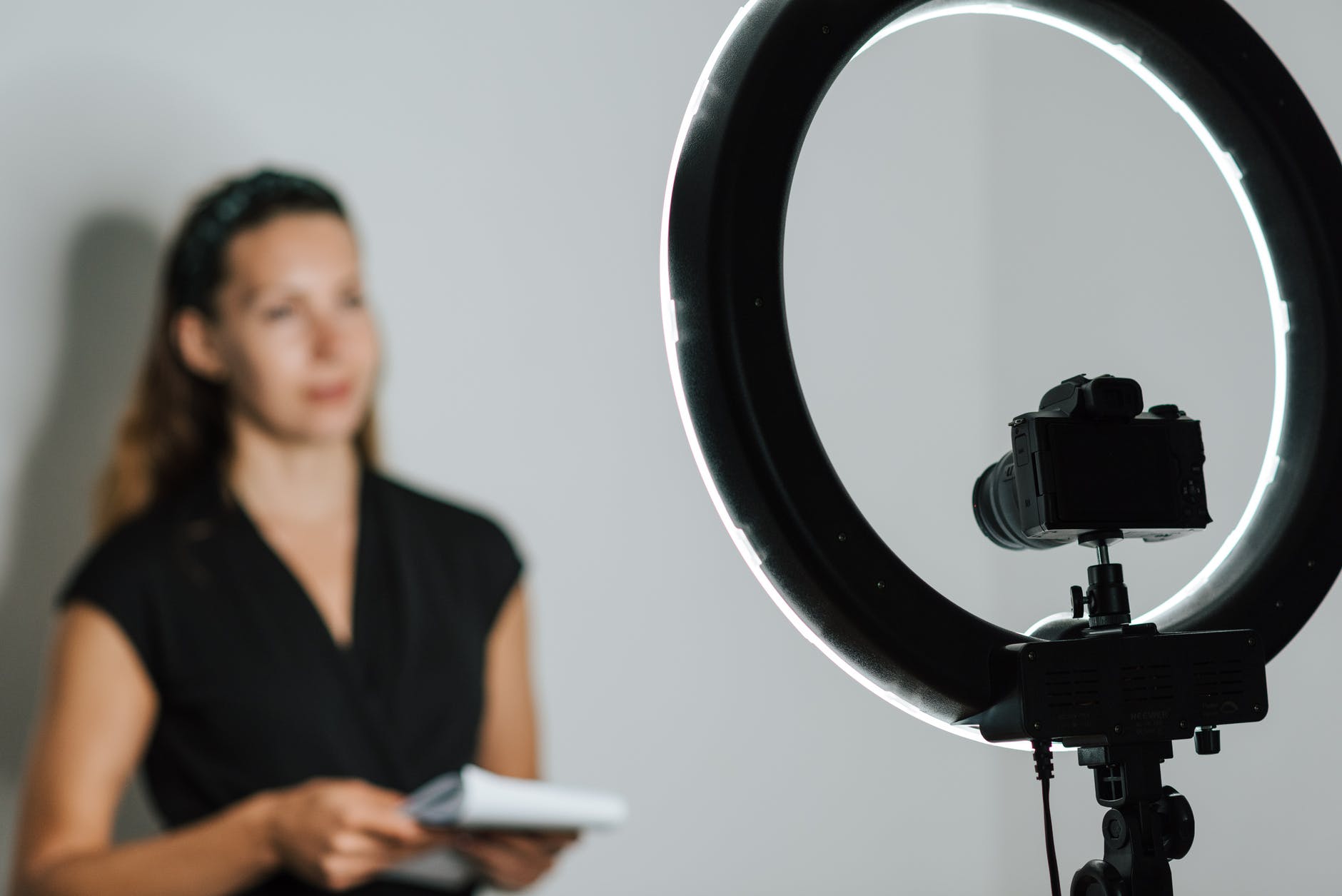 (Photo: Anete Lusina | Pexels)
(Photo: Anete Lusina | Pexels)
With self-taping, there are so many things you have to get right. It’s nearly impossible to not omit at least one detail.
Here’s a checklist of tips to keep in mind before you begin your self-tape:
1. Slate separately
2. Eyeline towards your reader
3. Keep your frame tight
4. No weird camera angles
5. Shoot horizontally
6. Sit still
7. No distracting background
8. Use helpful wardrobe
9. Use a quiet room
10. Send using the proper medium
11. Meet the deadline
What basic things do I need to make a great self-tape?
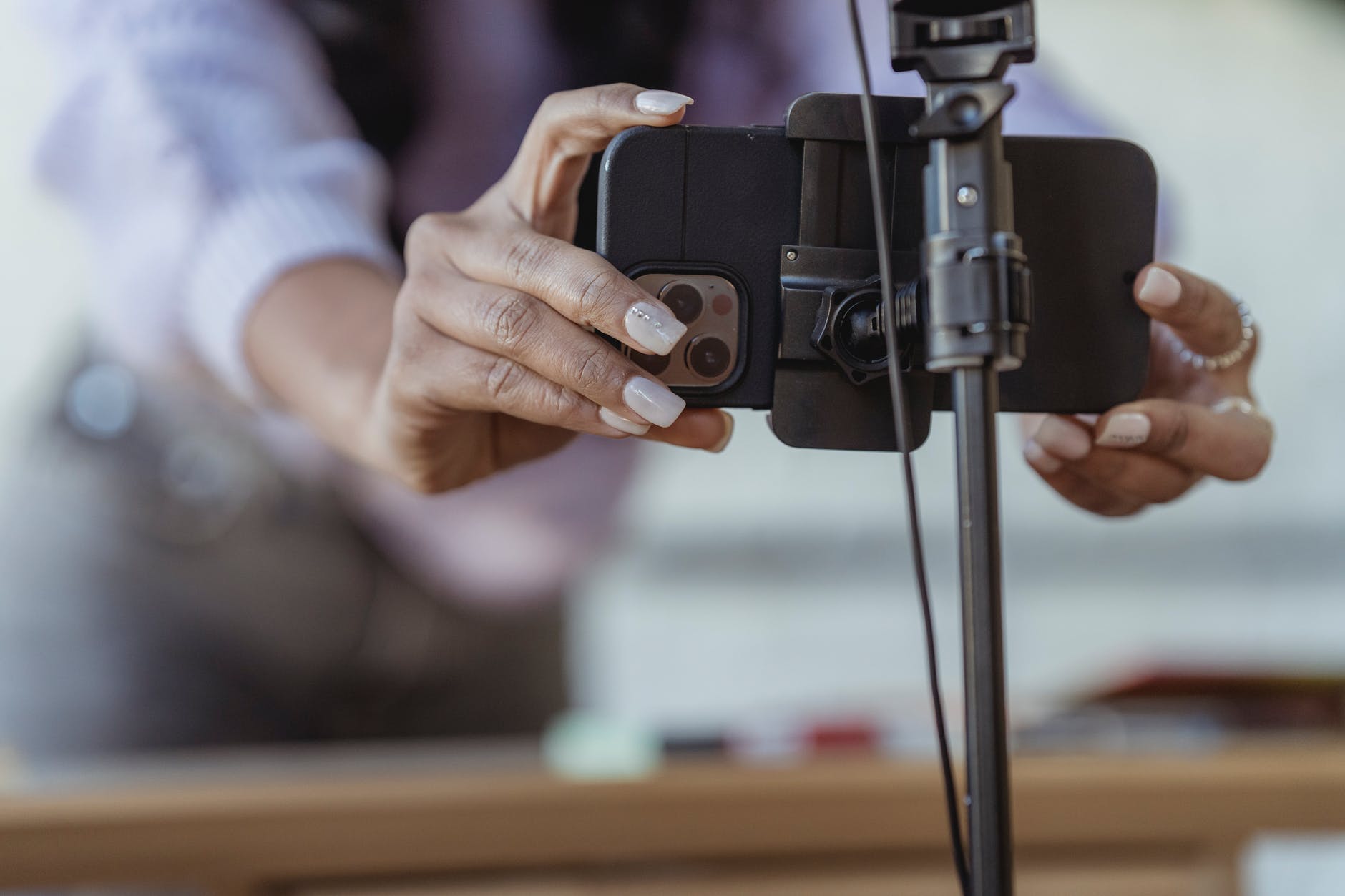 (Photo: George Milton | Pexels)
(Photo: George Milton | Pexels)
A high-quality self-tape doesn’t begin with your ability to act. It begins with a great set-up that gives your acting ability a chance to shine.
A great self-tape set-up comes with 5 basic, technical ingredients:
1. Lighting
2. Sound
3. Shoot Horizontally
4. Use a Tripod
5. Use a backdrop
First, Read All the Instructions!
Actors often receive instructions from casting directors about what to do when recording and submitting their self-tape. Yet, all too often, these instructions are only partially followed. Sometimes they are ignored altogether or absentmindedly overlooked.
Here are 7 instructions that are frequently ignored by actors when doing self-tapes:
1. Following the Instructions, Generally
2. Slate
3. Length
4. Number of takes
5. Deadlines
6. Labeling
7. Submitting
What Color Background is Best for Self-Tape Auditions?
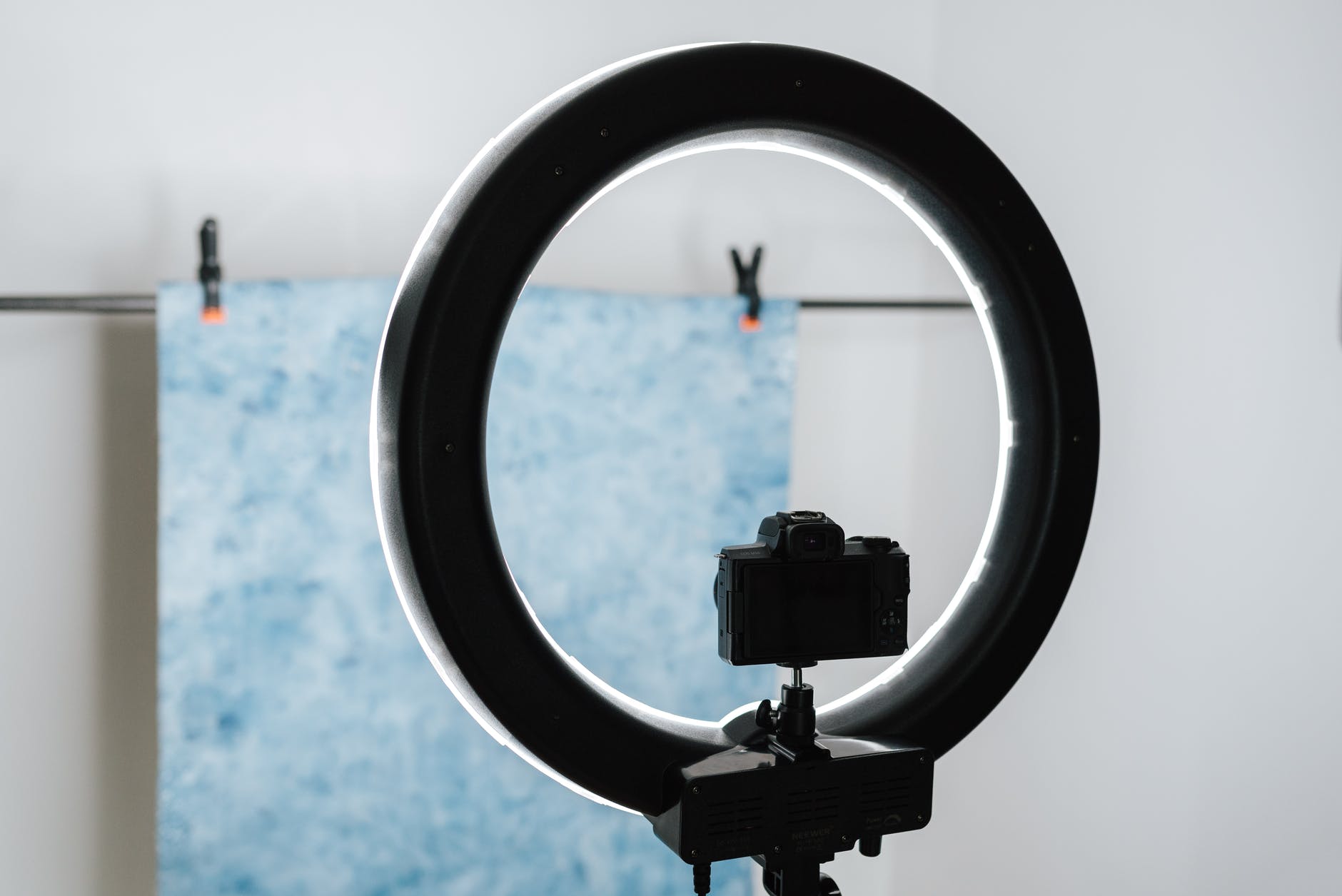 (Photo: Anete Lusina | Pexels)
(Photo: Anete Lusina | Pexels)
Be careful when selecting a color for your self-tape background. It can make a major difference in how you show up on camera and, therefore, can impact the overall quality of your self-tape.
Select a neutral color, one that does not distract from your performance. Colors like blue or grey tend to work best for self-tape auditions.
Should I sit or stand when filming my self-tape?
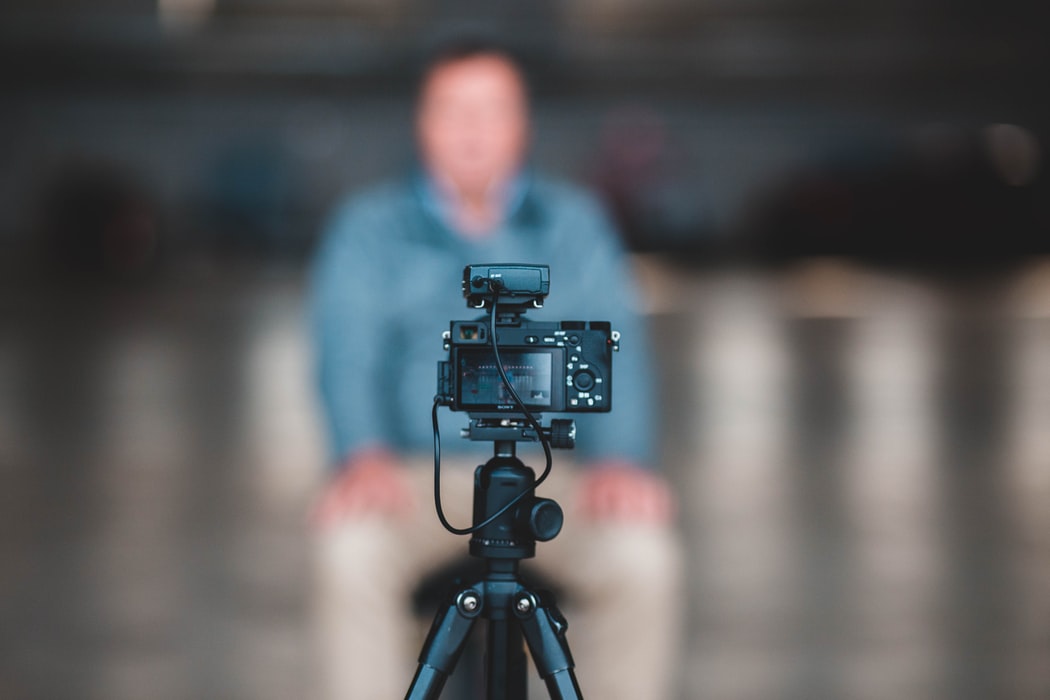 (Photo: Erik McLean | Unsplash)
(Photo: Erik McLean | Unsplash)
The answer to this question can sometimes be found in the instructions given to you by the casting director. There may be explicit (or implicit) instructions to stand or sit, contained within your self-tape request.
When no explicit instructions are provided, you should always do what feels natural to you. Sit or stand based on what you believe will help you deliver your strongest performance. The end goal is to produce an amazing self-tape, whether you stand or sit.
What Do I Say Before I Begin My Self-Tape?
What you say in your self-tape may go beyond the words of your script. You almost certainly will be asked to slate. You may also be asked to speak about yourself.
Slating is the universal way that actors introduce themselves during an audition. Before you begin your self-tape.
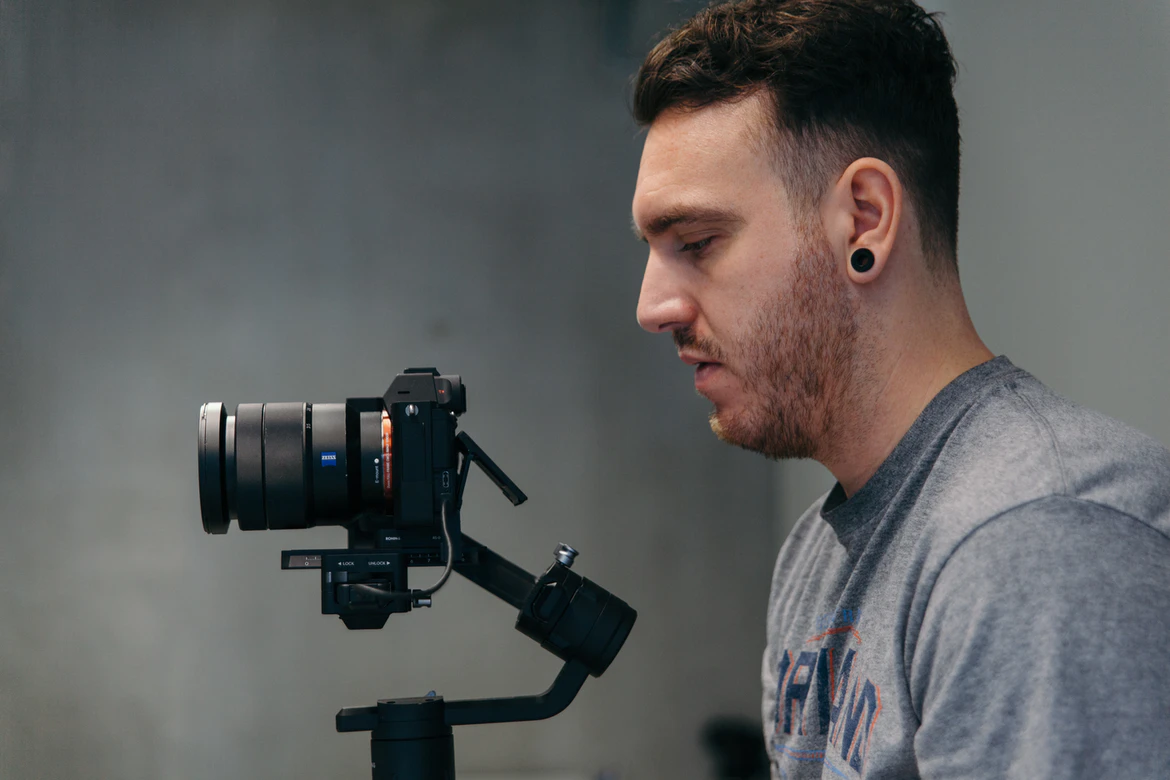 (Photo: Vanilla Bear Films | Unsplash)
(Photo: Vanilla Bear Films | Unsplash)
An audition reader is the person in an audition who reads the lines of the other character, for an audition piece that contains more than one speaking role.
The reader can be anyone, from the casting director, to the casting assistant, to another working actor or, in the case of self-tape auditions, the reader can be a family member or friend of the actor who is auditioning.
7 Ways to Do a Self-Tape Without a Reader?
For auditions that require two people, there are options available to you, even without having a reliable reader.
Here are a few:
#1: A Self-Tape Service
#2: Turn to the Apps
#3: The Imaginary Reader
#4: Be Your Own Reader
#5: Turn Dialogues into Monologues
#6: Join a Group!
#7: Do only the most important lines




